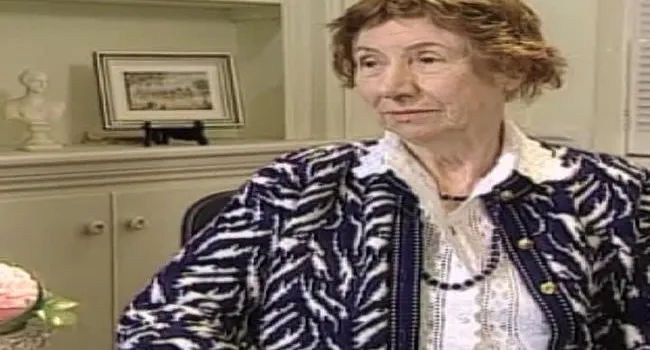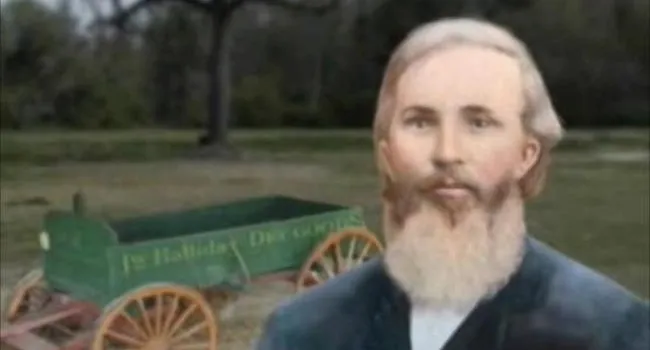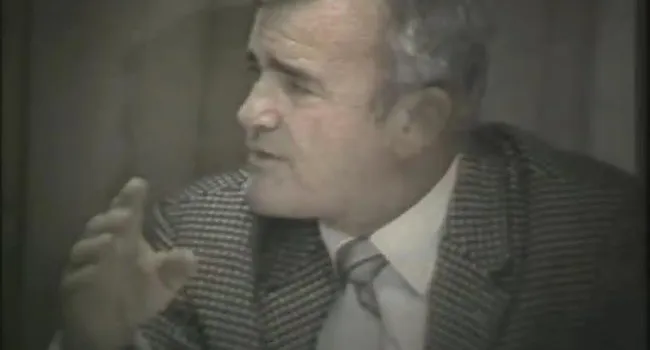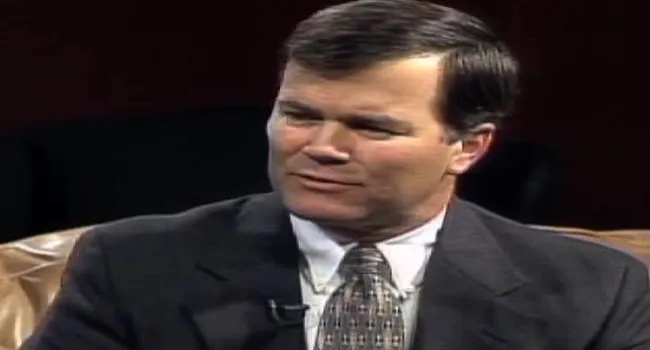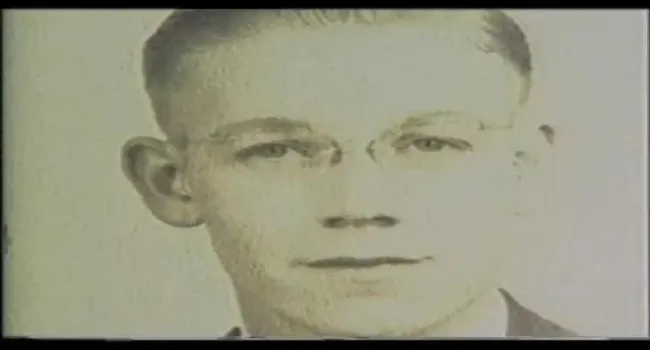(1852 – 1935)
George W. Park was born on a farm near Fannettburg, Pennsylvania. When he was a child, his mother noticed his interest in horticulture and encouraged him to raise flowers in a corner of her garden.
From that beginning grew George W. Park Seed Company, Inc., of Greenwood, which today offers the broadest range of horticultural products in America. Each year, more than 13 million catalogs, as well as other sales publications, are mailed to growers and gardeners all over the world.
George Watt Park was born October 11, 1852, the son of John and Jane Watt Park. He was one of seven children. His early interest in growing flowers, fruits, and vegetables intensified as he grew older.
At age 16, he bought a handpress, printed a list of seeds, and sent it around to friends and neighbors. After he printed his list, Park bought an advertisement in The Rural American for $3.50. His ad brought him $6.50 in seed orders. With this success, the young entrepreneur learned one of the cardinal rules in business: "It pays to advertise."
Park's first catalog, published in 1868, was just eight pages and used two illustrations, wood engravings of an aster and a pansy. In 1871, he started a monthly magazine, The Floral Gazette, offering advice on gardening and creating a forum where people could share gardening experiences.
The magazine gave even the poorest gardener an opportunity to grow many different varieties through its exchange column and enabling readers to trade seeds, bulbs, and plants. Magazine circulation grew to 20,000 subscribers in 1877 and 800,000 by 1918.
Although Park changed the name of the monthly to Park's Floral Magazine in 1877 and raised the subscription price to 50 cents a year to cover increased postal rates, thousands of loyal readers still felt they were getting a bargain.
Park managed to put money aside to fulfill a lifelong dream, earning a college education. In 1882, he left a thriving seed business to attend Michigan State University and graduated with a degree in horticulture four years later.
Park returned home to Libonia, Pennsylvania, and his business, which had continued to grow. At the turn of the century, he moved to LaPark (now Paradise), Pennsylvania, a location closer to the Pennsylvania Railroad.
His desire to provide new and better varieties of seed sent him traveling across the United States, Mexico, and Europe. He brought back unusual cacti from the Southwest and rare semi-tropical plants from the Deep South. These Park propagated and offered to his customers.
During one trip South, he visited Mary Barratt, a South Carolina county home demonstration agent who had written for advice on teaching horticulture to homemakers. Their friendship, based on common horticultural interests, blossomed into love, and they married in 1918.
They moved to Dunedin, Florida, and printed a catalog in 1923. Although the Parks liked living in Florida, their seeds would not keep long in the heat and humidity. After searching for a more temperate climate, the Parks selected Greenwood in South Carolina.
George W. Park died in 1935, but left the company in the capable hands of his wife, Mary, who continued her husband's successful business practices. Her two sons, George Barratt and William John, like their father, had their own gardens as boys and worked in the seed house after school.
After World War II, George Barratt Park headed the company until his untimely death in 1967 at the age of 47. Since then, the seed company has thrived under his brother, William J. Park, chairman of the board and formerly chief executive officer. J. Leonard Park, his nephew, is president and chief executive officer. He is assisted by his sister, Karen Park Jennings, who, as senior vice president, produces the Park Seed catalogs.
Today, George W. Park Seed Company, Inc., which remains a family business, serves America's gardeners in the tradition of George W. Park. Its catalogs accurately describe in words and faithfully reproduce in pictures the greatest range and number of horticultural products in the United States—well over 4,000.
In 1984, millions of Park's tomato seeds were part of NASA's first commercial payload aboard a space shuttle. The cargo remained in orbit for five years, and in 1989, the seeds were distributed to more than three million students for use in science experiments.
For the September 1997 Atlantis shuttle launch, Park again donated tomato seeds, which were exposed to deep space conditions 10 to 14 days, and then returned to Earth. Concurrently, 20 pounds of Park's tomato seeds were lowered to NASA's manned underwater laboratory off Key Largo, Florida. A 20-pound control group is being maintained at Park Seed in Greenwood.
NASA has distributed about 300,000 packets of seed to schools throughout the United States, and students have been encouraged to grow tomatoes from the experimental groups, track the growth and other characteristics, and keep Park Seed informed of the results.
For more than 30 years, Park Seed has been the centerpiece of the summer South Carolina Festival of Flowers in Greenwood. Professional growers and seedsmen and amateur gardeners from throughout the world visit Greenwood to tour Park Seed's famous Trial Gardens, which feature more than 1,500 varieties of flowers, fruits, and vegetables.
Park was inducted into the South Carolina Business Hall of Fame in 1988.
© 1999 South Carolina Business Hall of Fame




